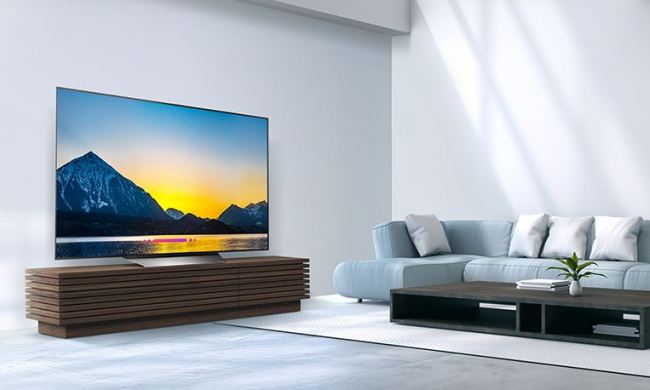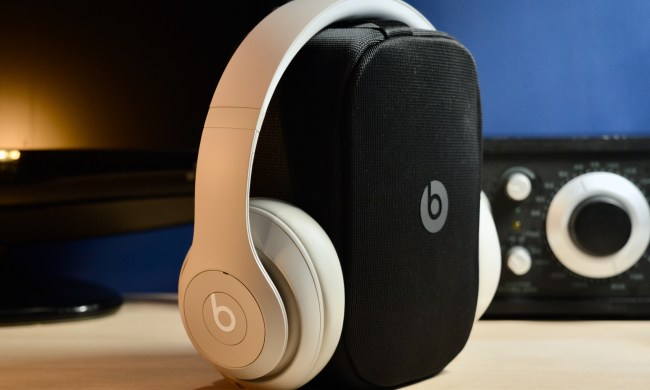Yamaha is expanding its lineup with a pair of new soundbars that are designed to replace TV speakers and come in simple and affordable, yet powerful packages.
The $200 SR-B20A and $180 SR-C20A are now the lowest-priced bars on Yamaha’s roster, and are set to be available later this year. Yamaha says both soundbars are meant to handle everything from video and music streaming services to gaming, though there are a few distinct differences between them. Here’s what we know about them so far.

Design
The C20A, according to Yamaha, is designed to fit any space without sacrificing sound. The bar is 23 inches long and 2.5 inches high, allowing it to fit in front of most screens without obstructing the view. The B20A is significantly longer at 35.9 inches, but a bit slimmer at 2.1 inches high. Both bars are constructed to fit easily underneath your display, though the B20A will have a larger footprint overall.
As far as the hardware inside is concerned, the B20A has two tweeters, two woofers and two subwoofers inside its enclosure. By comparison, the cheaper C20A has a pair of full-range drivers, a single subwoofer, and two passive radiators.
The connections on these soundbars are somewhat similar, with a few distinct exceptions. They both have HDMI ARC and two different optical audio ports, and Bluetooth with multipoint functionality that allows you to switch between connected devices. The main difference here is that the C20A will have analog stereo mini inputs for gaming consoles and other devices, while the B20A will have a subwoofer out to give you the option of adding a powered subwoofer to the mix.
Features
The higher-end B20A will support Dolby Digital, DTS Digital Surround, and DTS Virtual:X sound formats. Beyond that, the bar will feature four sound modes – stereo, standard, movie, and game – as well as a Clear Voice feature for dialogue clarity.
The C20A, meanwhile, will support Dolby Digital and Virtual Surround, but will miss out on DTS Virtual: X. The rest of its audio features mirror the B20A, with the same sound modes and Clear Voice feature.
Both soundbars will come with their own remote, but they’ll also support Yamaha’s Soundbar Controller App to let you control your sound from your phone. Each bar will have easy-access buttons on top for controlling volume, sound modes, and input selections directly on the units.
Audio quality
To be honest, we don’t know how these soundbars are going to sound, and we won’t until we’ve heard them. We know we’ve loved Yamaha soundbars in the past, like the YAS-209, which sets a precedent for this new pair of soundbars. But we can’t say for sure how they’re going to sound.
We can assume, however, that the B20A may have a larger, fuller sound with the components it has;. That is, two pairs each of tweeters, woofers, and subwoofers will theoretically create a more fully rounded sound than the C20A, which has just active drivers producing sound.
We also know that both these bars will have solid competition from both a sound and feature standpoint. The $250 Vizio V Series is within the same price range and offers a 5.1 setup, and the $250 Polk Audio Signa S3 excels musically. These Yamaha bars have the advantage price-wise, but it remains to be seen exactly how well they’ll stack up to similarly priced alternatives.



